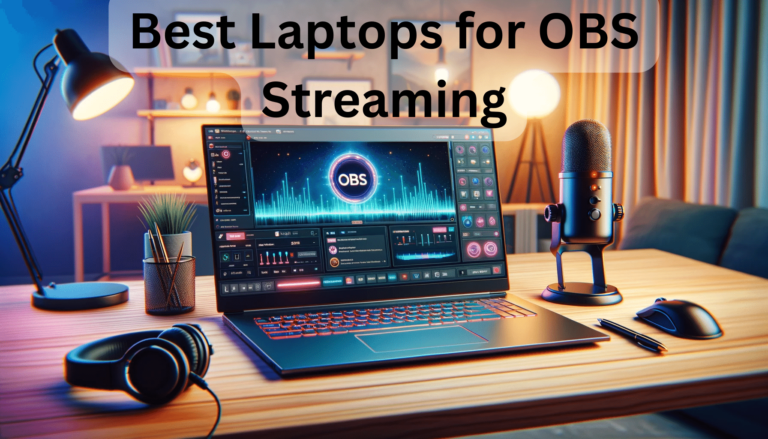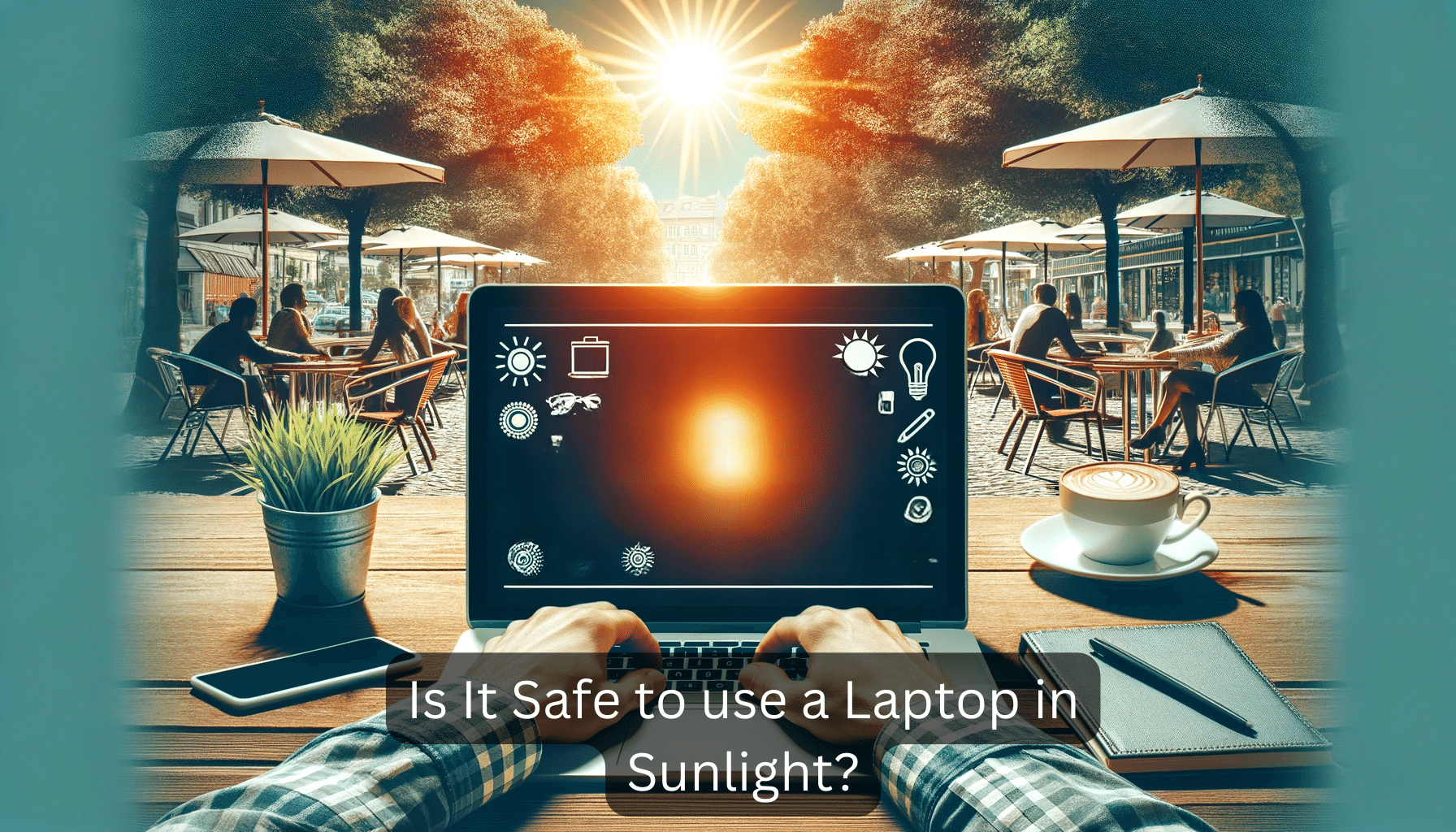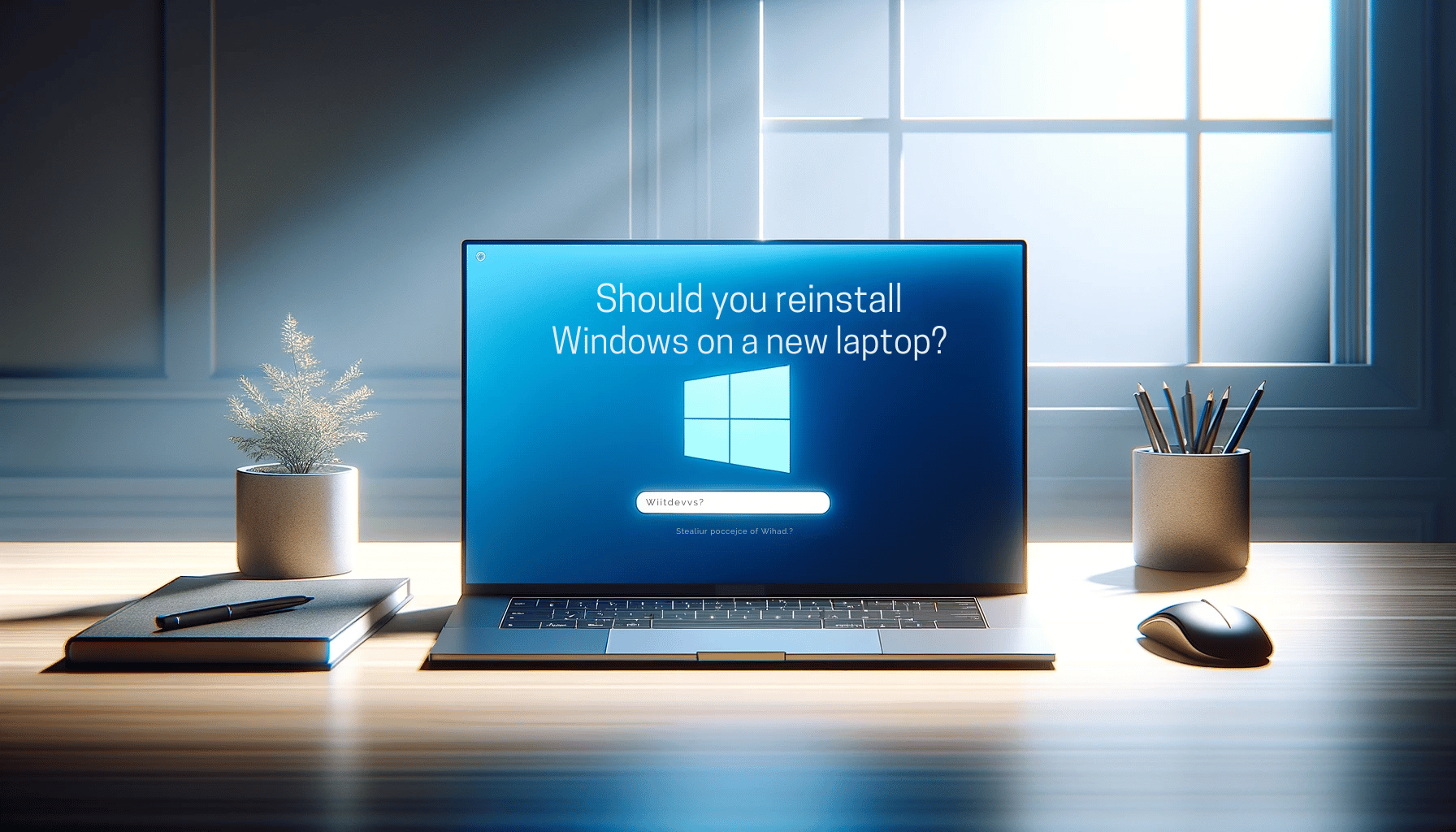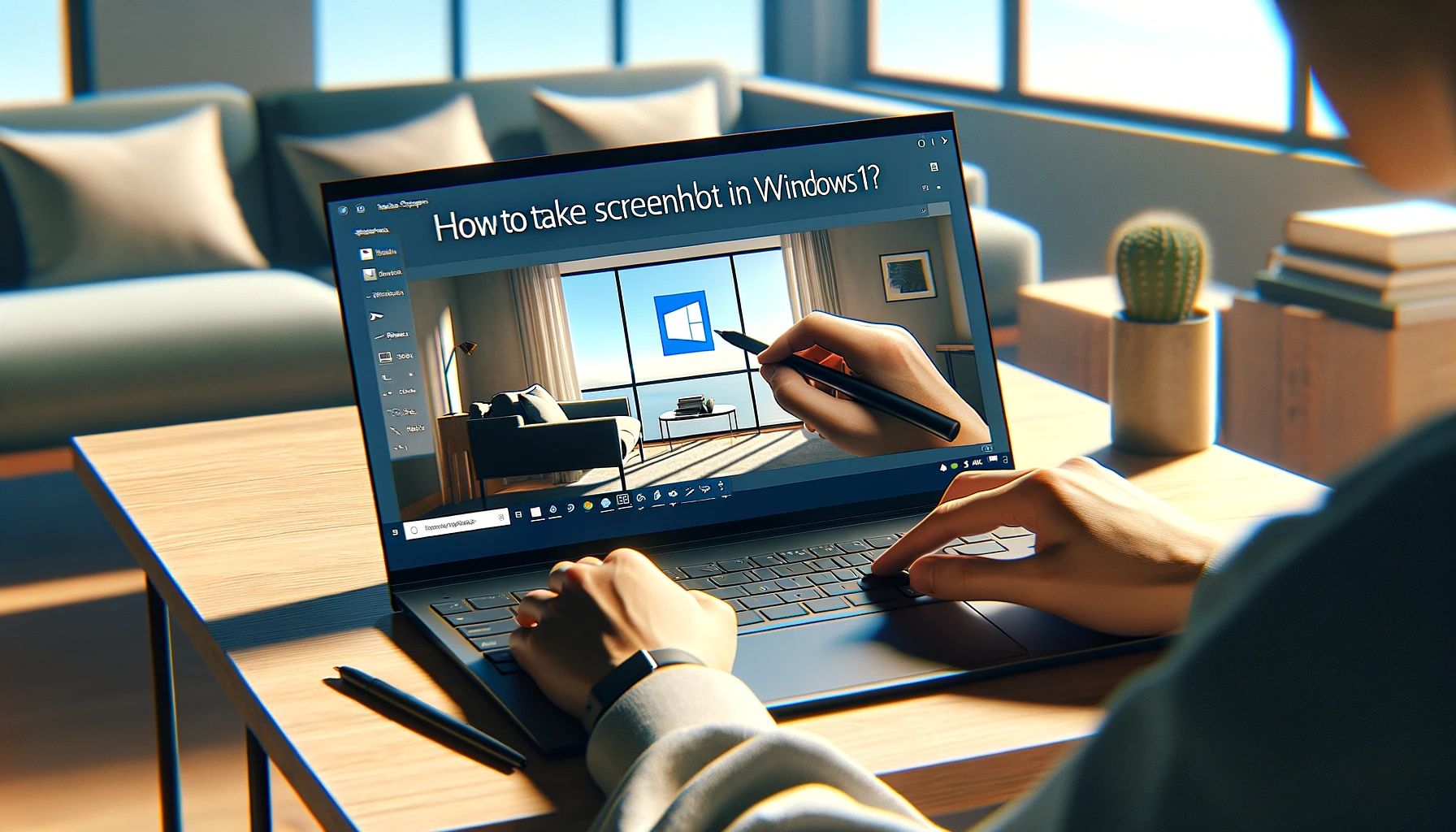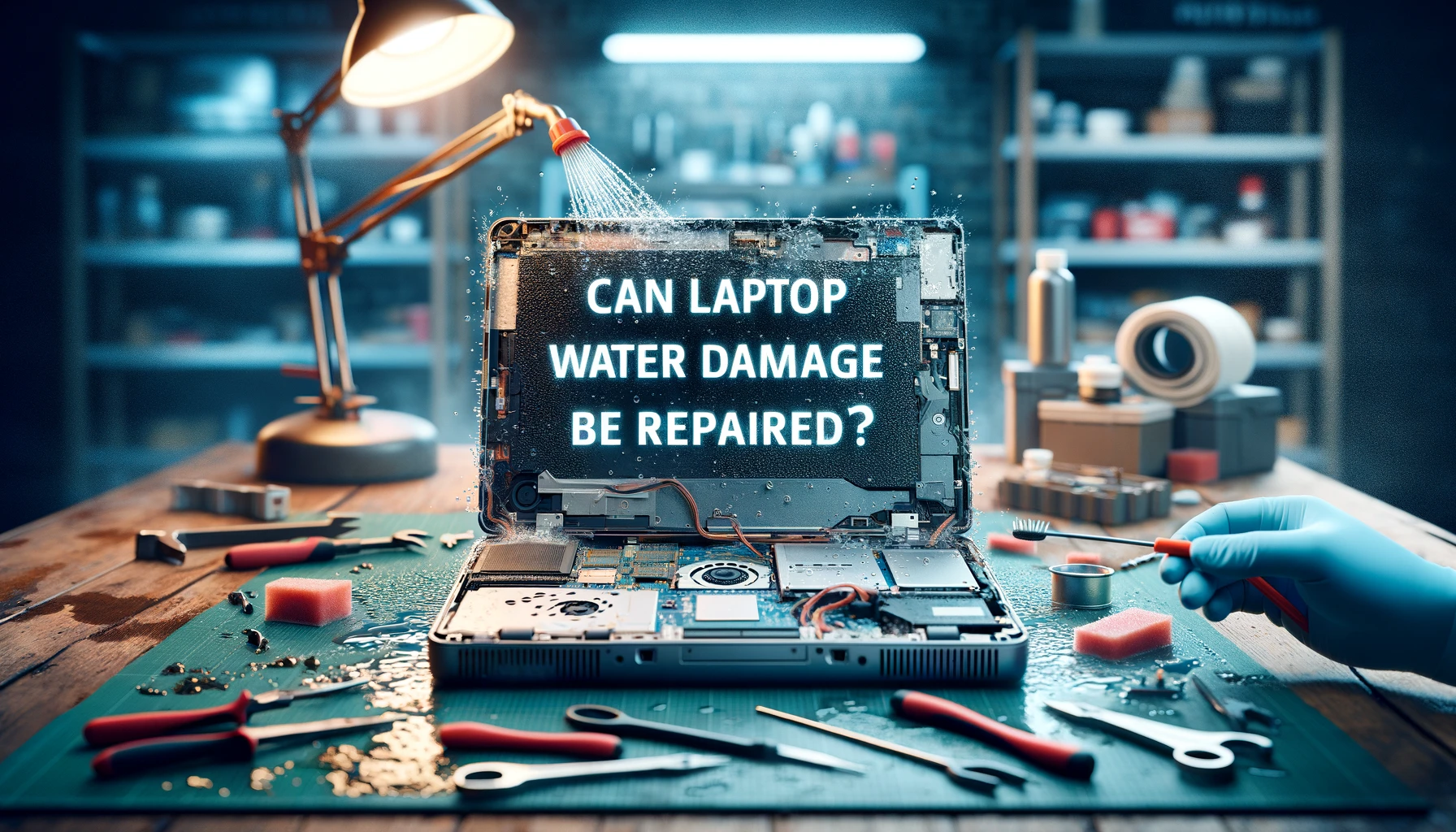As a seasoned streamer, I know the struggle of finding the perfect laptop that can handle the demands of OBS streaming. It’s not just about the specs; it’s about a seamless experience that can keep up with your content creation flow.
I’ve scoured the market and tested countless machines to bring you the top picks that’ll make your streams buttery smooth. Whether you’re a pro looking to upgrade or a newbie setting up your first stream, this guide’s got you covered.
Stay tuned as I dive into the features that matter most for choosing the best laptops for OBS streaming and share my personal recommendations for the best laptops that won’t let you down when you go live.
Factors to Consider for choosing the best laptops for OBS Streaming
When it comes to choosing the best laptop for OBS Streaming, several key factors come into play. Optimizing your setup for the best streaming experience hinges on these considerations.
Processor Performance
The heart of any streaming laptop is its processor. For OBS, you’ll need something that’s not just capable but powerful. I recommend a quad-core processor, at minimum, with a preference for i5 or i7 Intel processors, or their AMD equivalents. High processing speeds prevent lag and ensure smooth streaming.
Graphics Card Capabilities
Another essential component is the GPU, or Graphics Card. A dedicated graphics card such as NVIDIA’s GeForce GTX or RTX series can handle the heavy lifting required for high-quality video encoding. An advanced GPU will allow you to stream games at high resolutions without compromising on frame rates.
RAM and Storage
For uninterrupted streaming, RAM is crucial. Aim for at least 16GB of RAM to manage multitasking and avoid any performance hitches. When it comes to storage, having a solid-state drive (SSD) can hugely improve your laptop’s speed and responsiveness. I’d suggest a laptop with at least a 256GB SSD for the operating system and software, combined with a secondary storage option for your content.
Connectivity and Ports
A stable internet connection is a streamer’s lifeline. Therefore, your laptop must support the latest Wi-Fi standards and have an ethernet port for wired connections. Additionally, an ample number of USB ports, an HDMI output, and audio inputs/outputs are necessary for connecting external devices like webcams and microphones.
Display Quality
Finally, a good screen matters more than you might think. A higher resolution display with great color accuracy benefits both game streaming and creative content. Plus, a larger screen will make it easier to manage OBS scenes and sources on the fly.
Taking these essential criteria into account will guide you towards a laptop that won’t just suffice but excel in the realm of OBS streaming. There’s no one-size-fits-all, but with the right specs, you’re setting yourself up for streaming success.
Processor Power and Performance
When I’m choosing the best laptop for OBS streaming, I can’t stress enough how critical the processor is. Think of the processor, or CPU, as the brain of your laptop: it handles all the tasks and multi-tasking that OBS streaming demands. For uninterrupted streaming, a multicore processor is an absolute must. I’d recommend a laptop with at least a quad-core processor, but if you can, aim for an i7 or an i9 from Intel’s latest generation, or an AMD Ryzen equivalent. These processors offer top-notch performance and can handle OBS with ease, even when I throw in other tasks like video editing.
| Processor | Minimum Cores | Recommended Cores |
|---|---|---|
| Intel | 4 | 6+ |
| AMD Ryzen | 4 | 6+ |
Because OBS is both CPU and GPU intensive, the clock speed also matters. A higher base clock speed of around 3.5GHz or more provides the responsiveness needed during live encoding. Remember, OBS streaming is not just about running the software; it’s about providing a smooth, high-quality stream for your audience. With a slower processor, I’ve noticed streams can suffer from lags and stutters, which can frustrate viewers.
Another term you’ll come across is thermal design power (TDP). This indicates how much heat a processor generates. A higher TDP usually means better performance but also requires better cooling solutions, something crucial in a streaming setup to avoid thermal throttling.
Keep in mind that the greater the processor’s ability to handle intensive tasks, the more seamless your streaming experience will be. If you’re passionate about delivering quality content, investing in a laptop with a robust processor is non-negotiable. After all, nobody enjoys a stream that’s constantly buffering or crashing – and neither will your audience.
Graphics Card and GPU Performance
When diving into the world of streaming with OBS, graphics card performance can’t be overlooked. For true high-quality streams, you’ll need a laptop equipped with a dedicated GPU. This is particularly crucial if you plan on doing game streaming or if your broadcasts include complex animations and transitions.
Most modern laptops come with integrated graphics, but for OBS streaming, the power of a dedicated GPU, such as NVIDIA’s RTX series or AMD’s Radeon RX models, makes a significant difference. A dedicated GPU manages the graphical load, ensuring smooth frame rates and higher resolution outputs. What’s essential is that the GPU comes with ample VRAM. I suggest opting for at least 4GB of VRAM; however, 8GB or more is ideal for future-proofing your setup and handling more demanding tasks.
Another aspect to consider is the GPU’s encoding capabilities. NVIDIA graphics cards feature a hardware encoder called NVENC which takes on the burden of encoding your stream, offloading this task from the CPU. This is a lifesaver for streamers because it means more CPU resources for the game or application you’re broadcasting.
An OBS streaming laptop isn’t complete without addressing thermal management, and GPUs contribute substantially to a system’s heat output. Look for laptops with advanced cooling systems; this ensures that the GPU works at its optimal performance without throttling under load.
| GPU Specs | Recommended |
|---|---|
| GPU Type | Dedicated |
| VRAM | 8GB+ |
| Encoding Support | NVENC (for NVIDIA GPUs) |
Remember, the synergy between the CPU and the GPU is critical. It’s all about balance. A potent GPU coupled with a robust CPU means higher quality streams without hiccups. When choosing your laptop for OBS streaming, always check the GPU specifications against the levels of streaming you aim to achieve. With the right GPU, your streams will not only look fantastic but will run smoothly for your viewers’ ultimate enjoyment.
RAM and Storage Requirements
When diving into RAM needs for OBS streaming, 16GB is the sweet spot for most streamers. This amount allows for multiple tasks, such as video editing and graphic design, to run simultaneously without hiccups. Streamers should note, however, that more demanding scenarios could benefit from 32GB of RAM to ensure smooth multitasking.
While RAM is crucial for performance, storage also plays a pivotal role in a seamless streaming experience. There are two types of storage to consider: Solid State Drives (SSD) and Hard Disk Drives (HDD). For streaming with OBS, an SSD is favored because of its faster data access speeds, which translate to quicker load times and less buffering. Ideally, a streaming laptop should have a minimum of 512GB SSD, ensuring ample space for the operating system, OBS software, games, and necessary files for streaming.
Additionally, many advanced laptops now offer a dual storage configuration, allowing users to benefit from both the speed of an SSD and the larger space of an HDD. In such setups, the operating system and frequently used programs can reside on the SSD, while larger files and less-used programs can be stored on the HDD.
For those thinking about long-term storage solutions, here’s a quick breakdown:
| Component | Minimum Recommended | Ideal for Heavy Users |
|---|---|---|
| RAM | 16GB | 32GB+ |
| SSD | 512GB | 1TB+ |
| HDD (Optional) | 1TB | 2TB+ |
Remember that with OBS and the high quality of media files you’re dealing with, it’s not just about quantity; the speed of your storage considerably impacts your streaming and encoding capabilities. And don’t forget, cloud storage options can also supplement your local storage, especially for archived streams or backup purposes. With properly configured RAM and a well-thought-out storage setup, your laptop will be a robust tool for OBS streaming that keeps up with your creative flow and audience’s expectations.
Display Quality and Size
When diving into the realm of OBS streaming, we can’t overlook Display Quality and Size—critical components that significantly impact the viewing and editing experience. Ideally, a full HD display with a resolution of 1920×1080 pixels is the minimum you should aim for. This ensures that your content appears crisp and you can edit your streams with clear detail. Moreover, higher resolution options like 4K are advantageous if you’re keen on future-proofing your setup or if you engage in professional-level streaming that demands stellar video quality.
The size of the display is another key aspect to consider. While a larger screen offers a better view and easier multitasking, it does add weight and may affect portability. Typically, a 15-inch screen strikes a good balance for most streamers, providing ample space for on-the-go editing without being too cumbersome. However, a 17-inch display might be more your style if you often stream from a stationary position and crave more screen real estate.
Yet, I don’t just look at size and resolution in isolation. Factors like color accuracy, refresh rate, and panel type also play significant roles in your streaming experience. IPS panels are renowned for their superior color reproduction and viewing angles, which means your stream will look good from almost any perspective. Moreover, a higher refresh rate, like 144Hz, makes for a smoother visual experience, essential when you’re engaging with fast-paced content.
Balancing display quality with size, and not just opting for the largest or highest resolution screen, is key. You want a display that reflects your content’s quality without sacrificing the practicalities of everyday use. Consider how these elements harmonize with the processor, graphics card, and memory specifications previously discussed to ensure your chosen laptop can handle the demands of OBS streaming effortlessly.
Portability and Battery Life
When scouting for the optimal laptop for OBS streaming, portability takes a front seat, especially for streamers on the move. I’ve found that a laptop weighing around 4 to 5 pounds offers a sweet spot, providing ease of transport without sacrificing performance. But with portability, battery life becomes a pivotal concern as well. No one wants to be tethered to an outlet when the action’s just getting started.
Battery life is a tricky aspect; the best streaming laptops need to maintain longevity, even under heavy use. Typically, a laptop that promises anywhere between 8 to 10 hours of battery life is ideal for streamers who are frequently away from power sources. However, streaming can be resource-intensive, so actual runtimes may differ.
Look for models with power-efficient CPUs and GPUs as these components play a massive role in how long your laptop can last on a single charge. My advice is not to skimp on the battery specs, as it could mean the difference between a successful live session and an abrupt ending.
To test the real-world battery performance, it’s a good practice to watch reviews and user experiences. Some streamers share their setups and how long they can stream on their battery, which provides valuable insights that go beyond what’s on the product specs sheet.
Remember, while a heavy-duty battery is great for long streaming sessions, it often adds to the laptop’s weight. That’s why it’s crucial to find a balance between battery life and the overall weight of the laptop to ensure maximal portability. This balance allows streamers to conveniently pack up and set off to their next location without worry, ready to go live at a moment’s notice.
Top Picks for OBS Streaming Laptops
When it comes to finding the best laptop for OBS streaming, I’ve taken into account all the factors we’ve discussed so far. Let’s delve into some top picks that meet the benchmarks for strength, display, portability, and battery life, tailored for streamers at different levels.
Gaming Powerhouses: For those who need raw performance, look to gaming laptops. The Asus ROG Zephyrus G15 stands tall with its AMD Ryzen 9 processor and RTX 3080 GPU. This behemoth doesn’t just pack a punch in power but also boasts a high refresh rate display, perfect for high-speed gaming streams.
If you’re on a tighter budget but refuse to compromise on performance, the Dell G5 15 is a solid middle-ground. It comes with a 10th Gen Intel Core i7 processor and a GTX 1660 Ti GPU. While it might not dominate on ultra settings, it still delivers the horsepower I need for quality streaming on OBS.
Balanced All-rounders: Not every streamer wants a machine that screams “gamer.” For a more subdued approach without sacrificing capability, I’d point to the MacBook Pro 16-inch. With Apple’s M1 Pro chip, it crunches through streaming workloads adeptly, and the battery life is exceptional. The retina display brings visual fidelity that’s hard to match, making it great for editing stream clips too.
Another contender is the HP Omen 15 which finds harmony between gaming features and everyday functionality. This laptop’s claim to fame extends beyond its AMD Ryzen 7 processor and RTX 2060 GPU. It’s the expansive I/O options that stand out to me, ensuring I can connect all my streaming peripherals with ease.
Ultimate Portables: When the priority is portability without a dip in streaming quality, the Razer Blade Stealth 13 comes to mind. It might be small, but its 11th Gen Intel Core i7 processor and GTX 1650 Ti Max-Q enable me to stream reliably anywhere I go. The QHD display is a bonus, fitting snugly into my mobile lifestyle.
Conclusion
Choosing the right laptop for OBS streaming doesn’t have to be overwhelming. I’ve laid out the best options whether you’re looking for a gaming beast, an all-rounder, or something that won’t weigh you down on the go. The Asus ROG Zephyrus G15 and Dell G5 15 will satisfy those hungry for performance.
Meanwhile, the MacBook Pro 16-inch and HP Omen 15 strike a perfect balance for various uses. And if mobility is your top priority, you can’t go wrong with the Razer Blade Stealth 13. Remember, the best laptop for you is the one that meets your specific streaming needs and keeps up with your content creation journey. Happy streaming!

